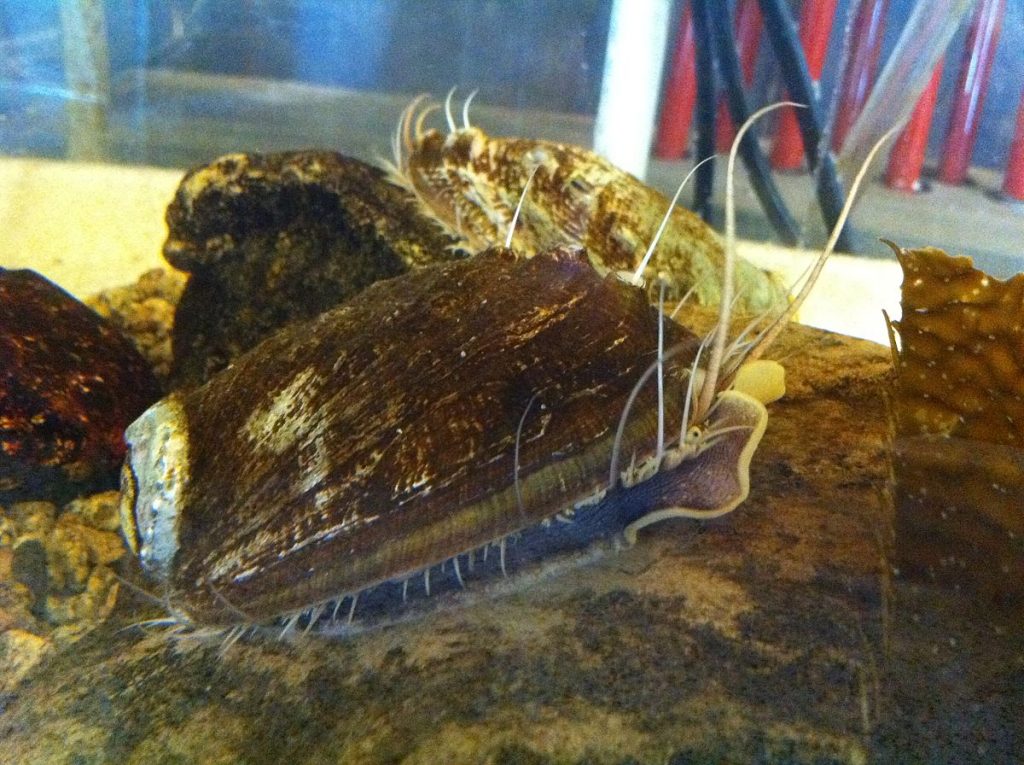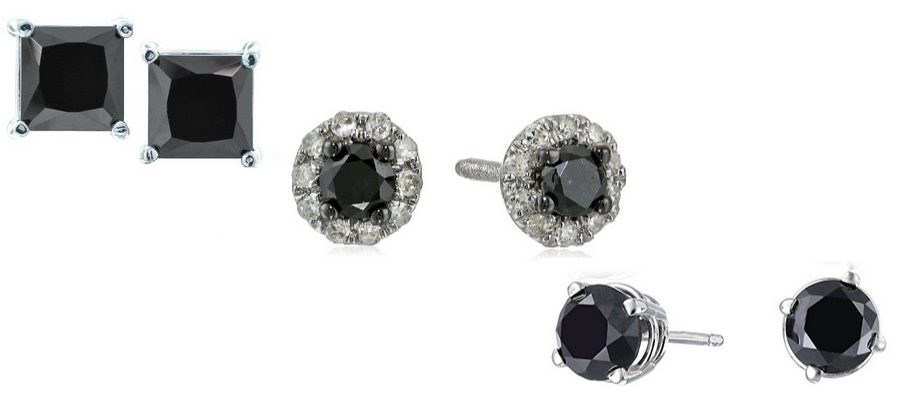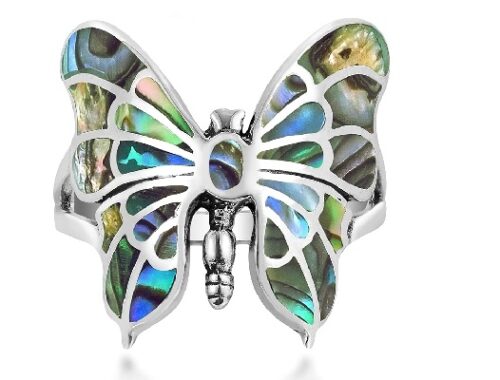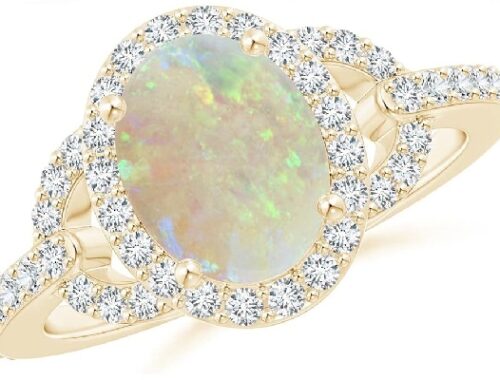What is Abalone Seashell in Abalone Shell Jewelry
The Abalone Seashell

[GFDL (http://www.gnu.org/copyleft/fdl.html) or
CC BY-SA 3.0 (https://creativecommons.org/licenses/by-sa/3.0)],
via Wikimedia Commons
unless it is in the luster of pearls themselves.
While this is primarily a page of information, it also acts as an index of other pages within this series. When you have found out all you want to know about Abalone shell, you can pop over to one of our sister pages and make your choice from the beautiful things offered for you to purchase online. Some are listed below in the related posts section.
What is Abalone?
The short answer – a shellfish – to narrow it down even further, it is a mollusc or mollusk. It is an edible invertebrate mainly found in cold water coastal rocky shelves and reefs. The abalone attaches itself to a rock by a foot and then builds it’s shell around it. Abalone shell has a beautiful iridescent interior that is much prized for jewelry and decorative objects.
The Mother of Pearl can be separated in sheets but this should only be done by experts. It is also worth noting, if you do come across some on a beach and want to make some jewelry – the dust from abalone shell can be harmful if breathed in so don’t be tempted to start boring holes in it.

Photo By Sharktopus (Own work) [CC BY-SA 3.0 (https://creativecommons.org/licenses/by-sa/3.0) or GFDL (http://www.gnu.org/copyleft/fdl.html)], via Wikimedia Commons
Read on to learn more…
Fascinating Facts about Abalone
- Abalone is a Gastropod and belongs to the Haliotidae family.
- It’s common name is sea ear – from haliotis – this name derives from the flattened shape of the shell and the whorls, irregular patterns, that decorate it and are reminiscent of the shape of a human ear.
- Abalone reproduce when the female releases spawn into the water – the males release sperm and fertilization takes place in the water. Each female produces millions of eggs each time she spawns. The males, of course, need to release even more sperm for the remote chance of fertilization taking place.
- The fertilized egg will drift in the water for 2 to 4 weeks before settling on the ocean bottom.
- When the immature abalone finds a suitable habitat it will attach itself to a rock or in a crevice by a muscular foot, starts to eat and starts to build a shell. Read more about the shells further down this page
- An abalone reached maturity in around 5 years. In size they can be anything from 1.5 inches to several feet across. See the image in the intro for an example of a large abalone shell.
- They can live up to 50 years.
- Abalone have no obvious brain but they do have eyes and a mouth and a circulatory system of arteries, veins and capillaries mentioned here because they have no clotting mechanism – if they are damaged, even slightly, they literally bleed to death.
- The abalone feeds on seaweed and other plant life within the water – water passes through the shell food is extracted and waste expelled by being flushed through the shell by the water.
- Abalone can move their position and will do so if food or room becomes sparse. The change of location can be recorded by the varying rings of color on the shell.
The tiny breathing holes along the top edge of the abalone shell is ideal for burning incense after the abalone has finished with it.
Fascinating Facts about Abalone Shell – Did you know…
- The shell is built up in concentric circles as the abalone matures, and the colors produced can depend on what the mollusk eats, and the temperature of the water, and the strength of the water current around it.
- As they develop their shells, the abalone creates respiratory holes in it’s next to the mouth so the mature adult shell ends up with a row of holes along one edge.
- They can repair or fill in these respiratory holes and also heal small cracks in the shell with new shell growth.
- Abalone shell is made of calcium carbonate.
- Abalone are named for the color or shape of their shells: red, green, black, pinto, white, pink, flat and so on.
- The iridescent inner lining is nacre which is also what pearls are made of. The lining is a colorful whorls and swirls the colors varying from reds, pinks and purples to shades of blue and green. This iridescence and colors that shift in the light is what makes it so valuable for jewelry and decoration.
- No two shells display the same patterning or colors.
- Abalone Shell lining is commonly called Mother of Pearl. However, true Mother of Pearl should be attributed to the oyster and not abalone.
- Because the shell is build up in rings which are bound together by a clinging glue-like substance, abalone shell is very strong.
- Abalone will produce pearls similarly to oysters but abalone pearls are rare. They are not as easily cultured as oyster pearls. The least injury to the abalone will result in it bleeding to death.
More Information about the Abalone Shell
Shells would have been among the first vessels used by primitive man. After all, they were already shaped and fit for holding and carrying. It is little surprise that in some cultures they are still used in rituals and ceremonies. Even in the most modern household the practice of using shells to hold or burn herbs, incense or smudge sticks isn’t that unusual. Modern society has adopted many ancient practices in bringing fragrance into their homes but are ignorant of the origins. Others among us use them more consciously and those that are gifted by nature are particularly prized.
Colors of Abalone Shells
It is thought the color the shell develops depends on the type of food the mollusc eats. It is also affected by location.




5 Comments
Pingback:
Pingback:
Pingback:
Pingback:
Pingback: